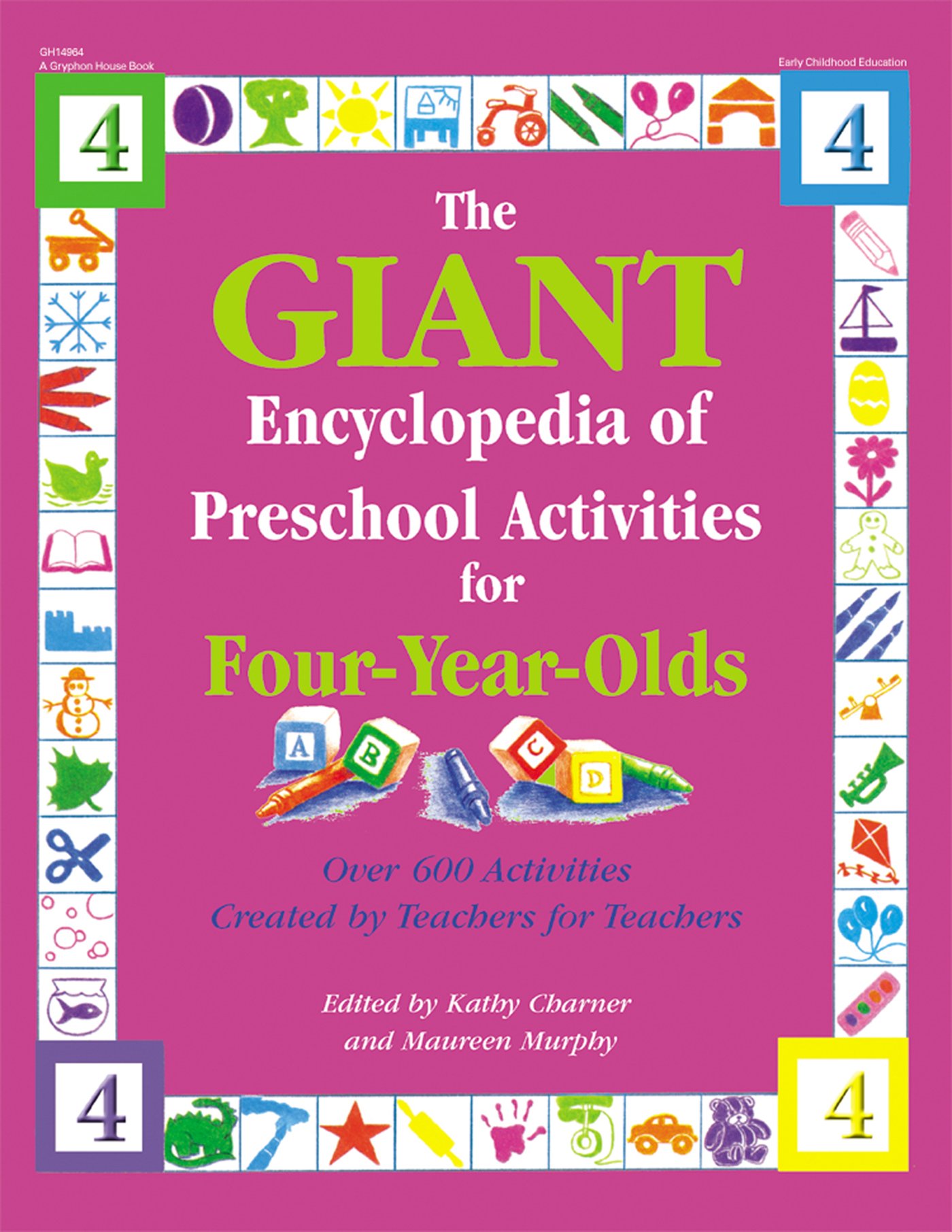Materials
Large sheets of tissue paper
Instructions
1. Give each child a sheet of tissue paper. Explain to them that they are going to act out the life cycle of a butterfly.
2. Explain to the children that butterflies begin their life as an egg on the underside of a leaf. Ask the children to cover themselves with their tissue paper so they are hidden like an egg.
3. Ask the children if they know what comes out of the egg (caterpillars). Ask them if they know what caterpillars do and how they act. They will probably guess that caterpillars eat and crawl around, so encourage them to pretend to eat their paper as they crawl around on the floor.
4. Explain to the children that caterpillars spin a chrysalis. Encourage them to wrap their paper tightly around themselves to make their own chrysalis.
5. Tell the children that after two weeks, a butterfly emerges. At first, their wings are wet and weak but as they dry, the butterfly flies around and drinks nectar. The children can act like their paper is wet and weak, but as their "wings" dry, they can fly around the room.
6. Now the butterflies are monarchs. When it starts getting colder, the monarchs must migrate to someplace warmer. Tell the children that monarchs fly twelve miles per hour, so encourage them to fly faster using their "wings."7. Explain to the children what happens when spring comes again (they lay their eggs and the cycle starts all over again).
8. The children will want to do this activity over and over again. The children are learning the activity the first time they do the activity. Therefore, repeat it at least one more time. By the second time, they will know about the life cycle of a monarch butterfly and will be able to act it out.More to doWith the children, find real live caterpillars in various stages of a butterfly. Bring them back to the classroom and make a butterfly house. Keep the butterflies in it and encourage the children to observe them for a few hours before releasing them.Art: Place pipe cleaners, pompoms, glue, paint, and squiggle eyes into egg cartons and encourage the children to make caterpillars.
